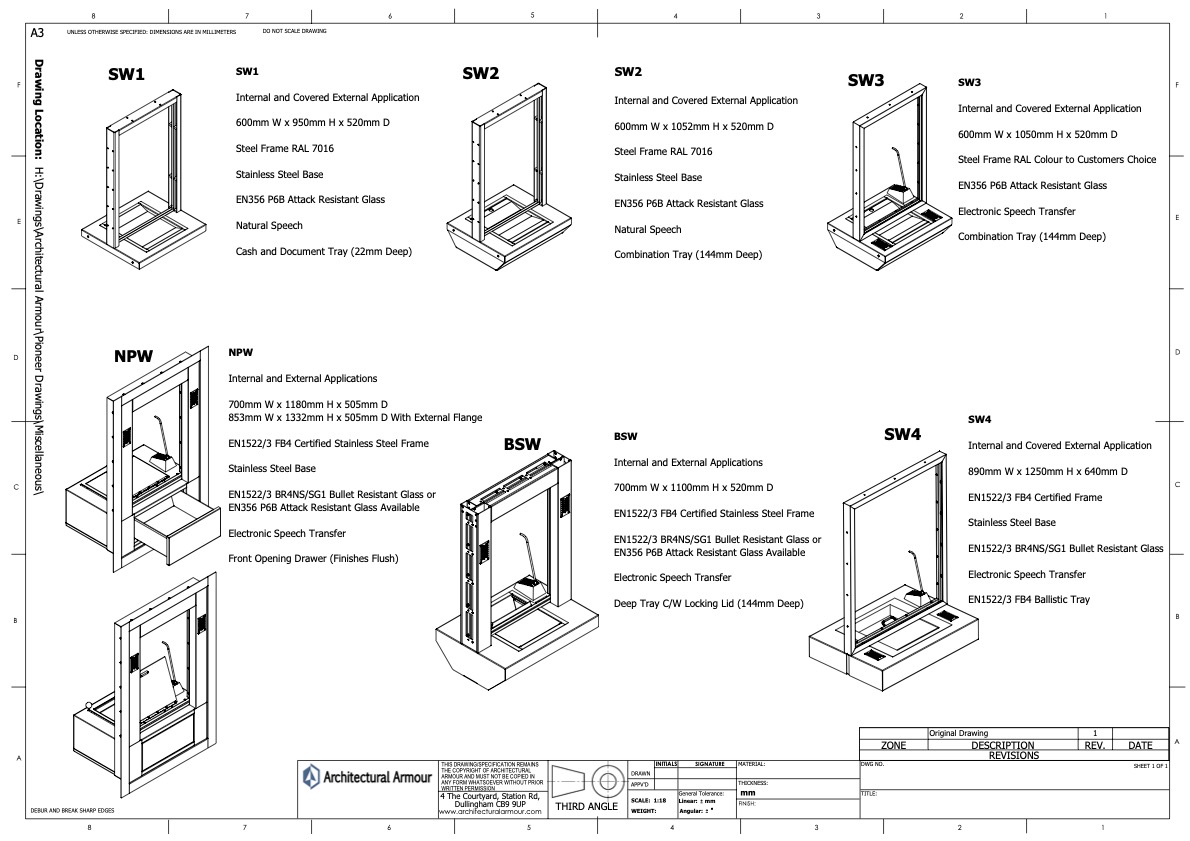 Blast Windows
Blast Windows
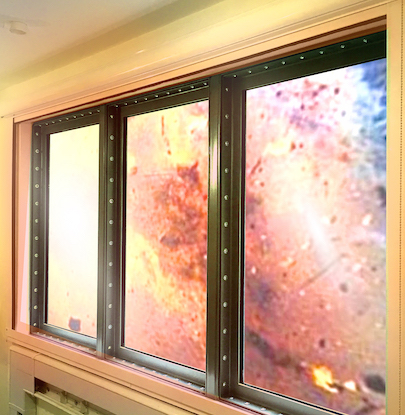
Explosive events have long been a tactic of terrorists and will likely continue to be in the near and possibly long term future. The large scale destruction can generate worldwide media coverage which they often believe transmit their political message to the public. Additionally Ingredients for homemade bombs are easily obtained on the open market, with the internet providing the method and techniques for making bombs. The size of charge and devastation are linked to the method of delivery, from post and satchel bombs to large vehicle bombs which have the ability to bring a large quantity of explosives to the door- step of the target often without detection.
Modern buildings are characterised by large openings to ensure adequate lightening and ventilation of interior spaces. In a blast, windows are most likely to be the first elements that will fail after a blast wave impinges on the surface of a building, as they usually form the most vulnerable part of a structural face, breaking at low pressures compared to other components structural components such as the floors, walls, or columns.
Past incidents have shown that glass breakage may extend for miles in large external explosions. High-velocity glass fragments have been shown to be a major contributor to injuries in such incidents. For incidents within downtown city areas, falling glass poses a major hazard to passersby on the sidewalks below and prolongs post-incident rescue and cleanup efforts by leaving tons of glass debris on the street.
Even if designed to sustain certain pressure values, the current philosophy behind structural design dictates that they form the weakest part of the wall system, as failure of the wall before failure of the glass façade is considered more hazardous, there is still a need to install.
When a bomb detonates
When a bomb detonates the explosive material is converted into a very hot, dense, high-pressure gas in which will expand at very high velocities in an attempt to reach equilibrium with the surrounding air, causing a shock wave. A shock wave consists of highly compressed air, traveling radially outward from the source at supersonic velocities. Only one-third of the chemical energy available in most high explosives is released in the detonation process. The remaining two-thirds is released more slowly as the detonation products mix with air and burn. This after-burning process has little effect on the initial blast wave because it occurs much slower than the original detonation. However, later stages of the blast wave can be affected by the after burning, particularly for explosions in confined spaces.
The explosion creates an incident blast wave with a near instant rise from atmosphere to a peak overpressure. As the shock front expands pressure decays back to ambient pressure, a negative pressure phase occurs that is usually longer in duration than the positive phase. When the shock wave impinges on a building or structure that is facing the detonation it is reflected and reinforced to produce a maximum reflected pressure. The reflected pressure varies with the angle of the structure to the detonation as well as the peak pressure, which is a component of the weight of the explosive and the distance to the charge, with reflected pressures greatest when nearer to the charge.
Injuries from flying glass
Severity and type of injury patterns incurred in explosive events may be related to the level of structural damage. The high pressure of the air-blast that enters through broken windows can cause eardrum damage and lung collapse. As the air-blast damages the building components in its path, missiles are generated that cause impact injuries. Airborne glass fragments typically cause penetration or laceration-type injuries. Larger fragments may cause non-penetrating, or blunt trauma, injuries. Finally, the air-blast pressures can cause occupants to be bodily thrown against objects or to fall. Lacerations due to high-velocity flying glass fragments have been responsible for a significant portion of the injuries received in explosion incidents.
Architectural Armour can manufacture a range of blast resistant windows to protect against terrorist and longer duration petrochemical explosions. Please email mailto:info@architecturalarmour.com or call +44(0) 1981 25700 so we can discuss your specific requirements.
Upgrading Security & Safety Successful Blast Test FB6,100kg TNT &15 Meters
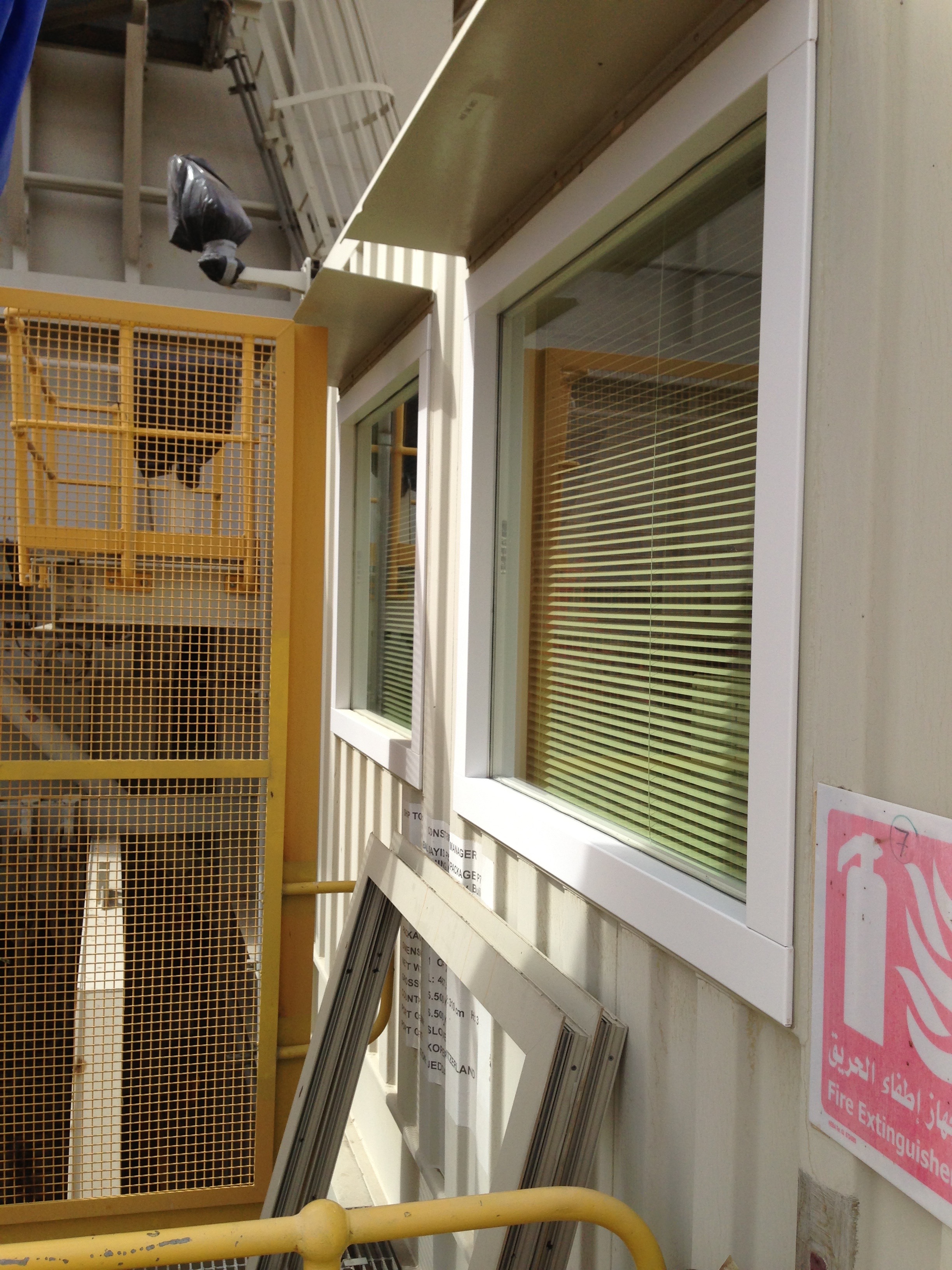
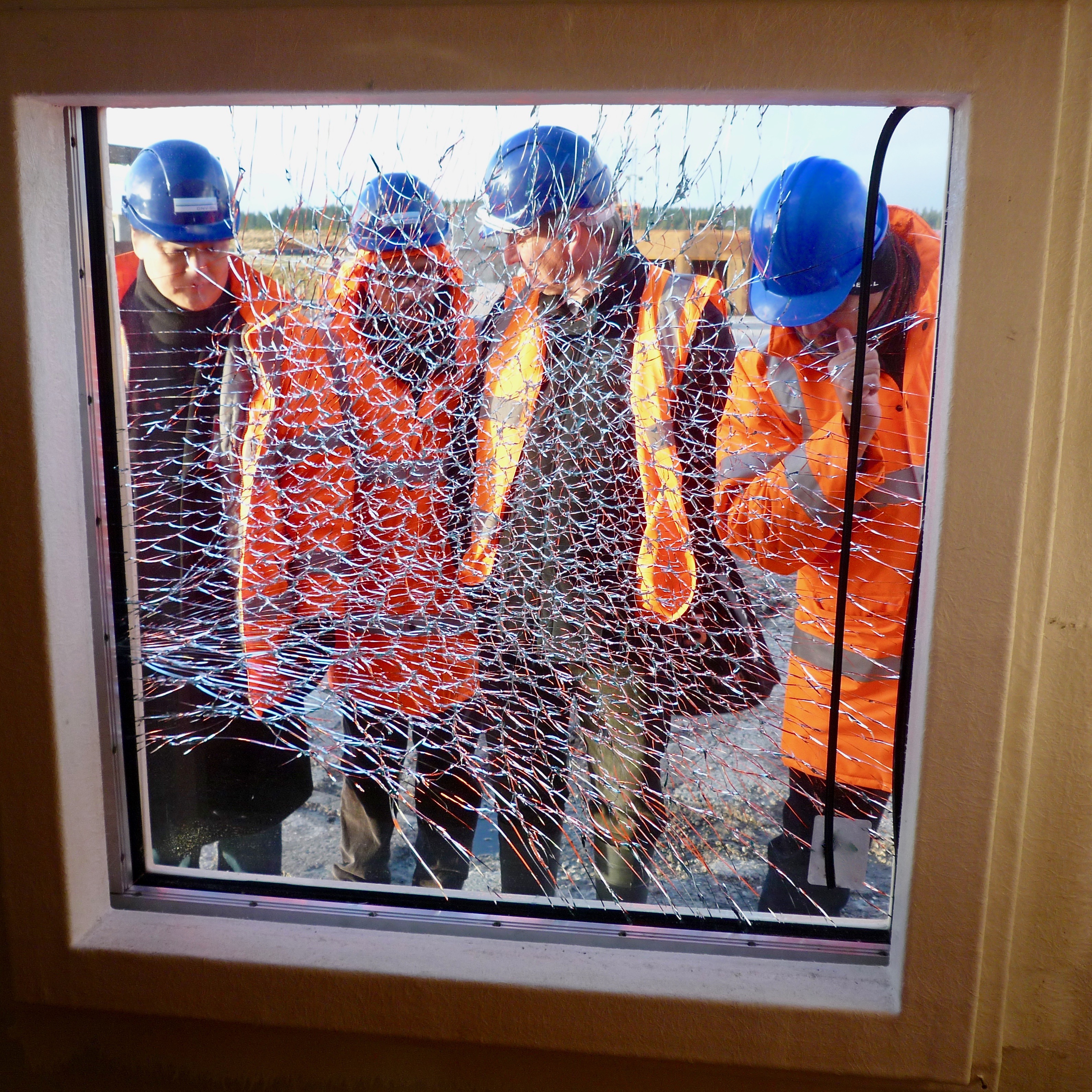
For details on available ballistic and blast resistant glazing and the data sheets please visit our Technical Specifications Library or contact our office on +44(0) 1981 257000 or mailto:info@architecturalarmour.com
Architectural Armour offer a range of blast products to different standards, please click the relevant link below to find out more;
Blast Products
Ballistic and Blast Guard Houses Modular New Build or Upgrading existing. EN1522/3 FB2 to FB7 , NIJ 0108.01 LII to IV UL 752
Security Counters and Screens Physical, Ballistic or Blast Resistant Counters for any application to keep staff secure
Ballistic Vents/Louvres Bespoke products designed to allow passage of air whilst offering bullet and blast protection
Explosion Vents and Rupture Panels Safety devices used to contain an explosive blast effect within a building.
Blast Resistant Doors Steel manufactured doors offering blast protection to buildings
Bullet Boards A selection of ballistic grade walling sheets
Blast Technical Specifications
GSA-TS01:2003 Standard Test Method for Glazing and Window Systems Subject to Dynamic Overpressure Loadings
EN 13541 Glass in building - Security glazing - Testing and classification of resistance against explosion pressure
EN 13123-2 Windows, doors and shutters - Explosion resistance - Requirements and classification
ISO 16933:2007 Glass in Building -- Explosion-Resistant Security Glazing -- Test & Classification for Arena Air-Blast Loading
Latest News
Split Height Transaction Window Duo
Using experience on previous projects and customers requirements we have designed a split height transaction window offering standing and DDA access to reception and data centre environments.
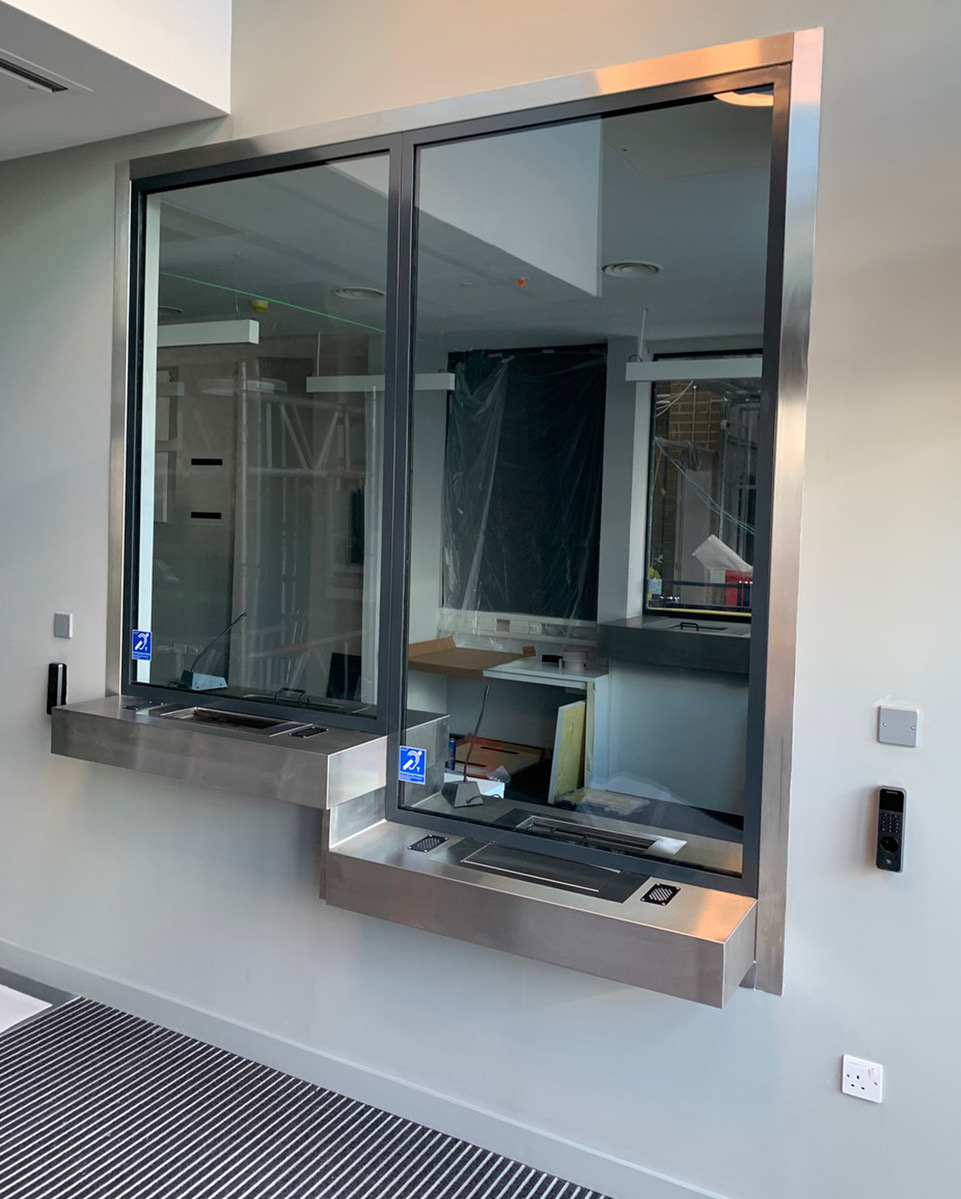
For more information and pricing please contact our office on info@architecturalarmour.com or +44(0)1981 257000
Read more
Increased Stock for Express Delivery
We have increased our range of stock transaction windows to six units , ready for express dispatch.
Our range of transaction windows include, physical attack resistant and bullet resistant internal and external models. Please see below an outline of our products.
Architectural Armour are offering standard stock items and bespoke orders to suit. Please contact us on +44(0) 1981 257000
Read more

